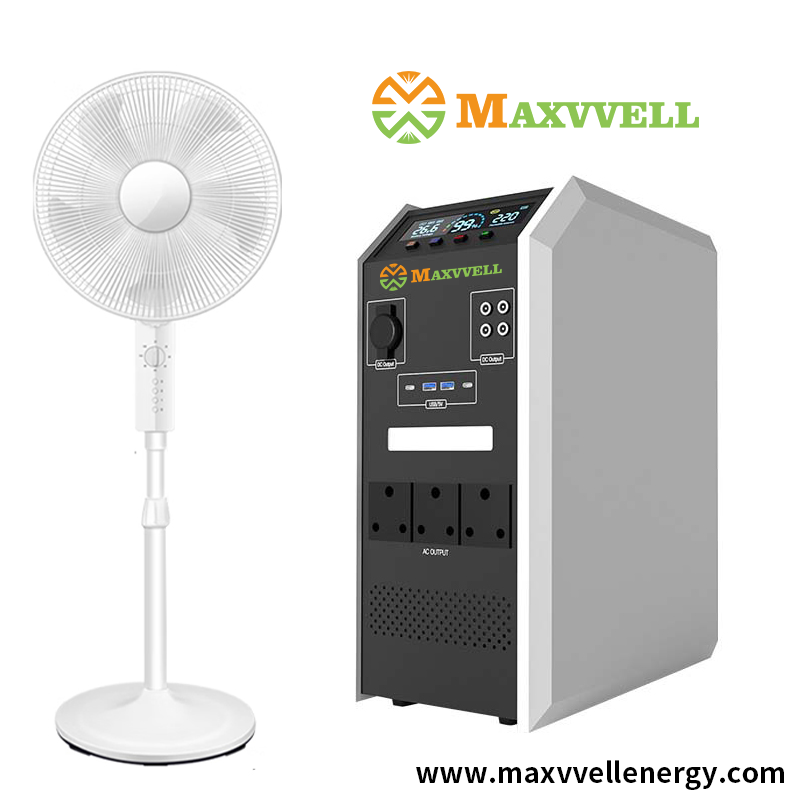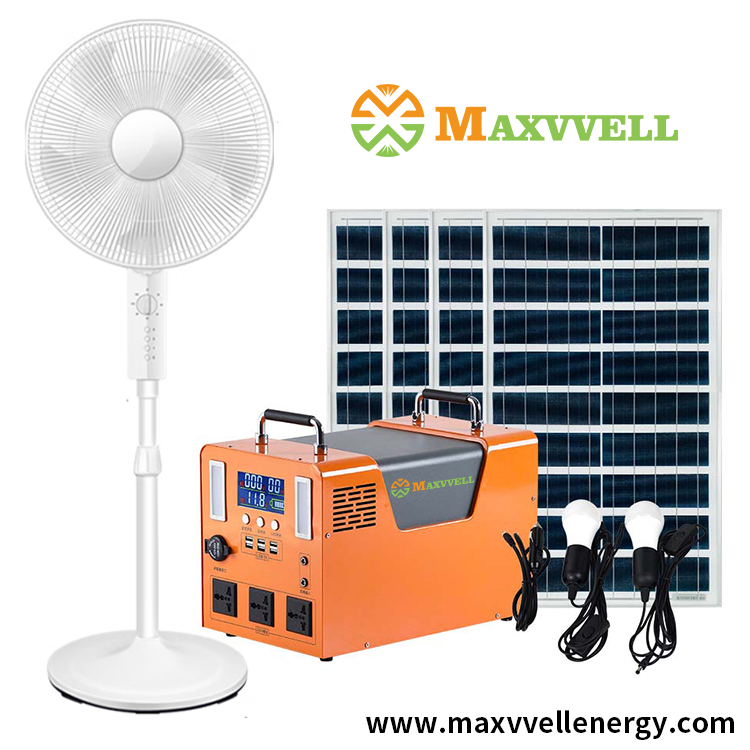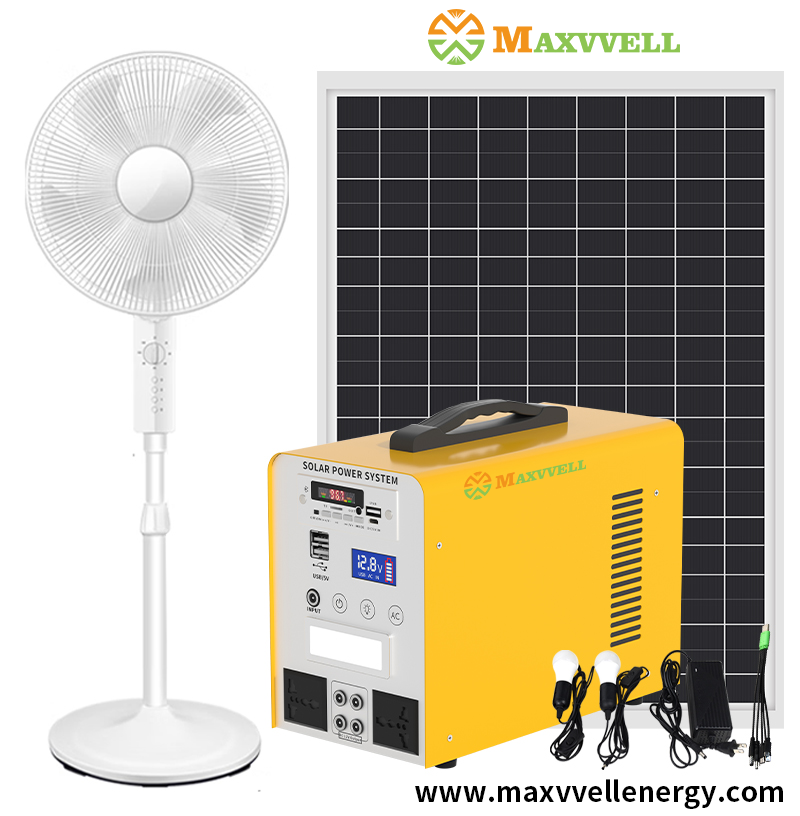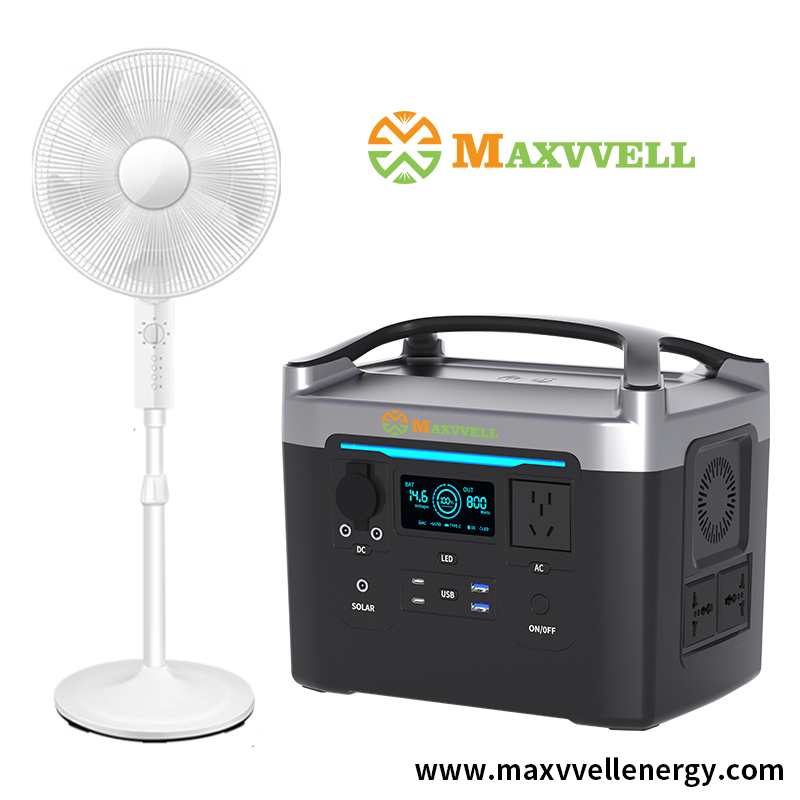Innovative high efficiency of triple junction perovskite photovoltaic cells
An international research team led by Canadian scientists has developed a triple junction perovskite solar cell with a record high photoelectric conversion efficiency (around 24%), taking a big step towards the goal of developing a low-cost alternative to silicon based solar cells. The relevant research is published in the journal Nature.
Most solar cells are made of ultra-pure silicon single crystal wafers, which require a lot of energy to produce. Perovskite solar cells are made of perovskite polycrystalline thin films, which are coated on the surface of the material using low-cost solution treatment techniques similar to those used in the printing industry. By changing the composition of perovskite crystals in these films, each layer can absorb light of different wavelengths, effectively utilizing the entire solar spectrum, while silicon always absorbs light of the same wavelength. Generally speaking, the top layer of perovskite absorbs light with shorter wavelengths, the middle layer absorbs light with medium wavelengths, and the bottom layer absorbs light with longer wavelengths.
The research team first used a perovskite material called ABX3, which is made of a mixture of cesium, lead, tin, iodine, bromine, etc. The top layer is composed of mixed halide perovskite with a high proportion of bromine and iodine. Researchers say that high-frequency photon bombardment can cause the top layer of bromine rich phase to separate from the iodine rich phase, resulting in more defects and a decrease in overall performance.
In view of this, the research team made two improvements: removing organic molecules to form an all inorganic perovskite structure, and introducing rubidium element. They stated that the introduction of rubidium suppressed the phase separation problem induced by light, and the resulting rubidium/cesium mixed inorganic perovskite had better photostability. On this basis, they designed and constructed a triple junction perovskite battery, which measured an efficiency of 24.3% at an open circuit voltage of 3.21 volts, while the National Renewable Energy Laboratory measured a quasi steady state efficiency of 23.3%.
Professor Ted Sargent, the research leader, pointed out that the highest efficiency of triple junction perovskite solar cells was about 20%. Moreover, previous similar batteries often lose a lot of performance after working for a few hours, while new batteries still maintain an initial efficiency of 80% even after 420 hours of operation, which is a significant improvement in durability.
 简体中文
简体中文




